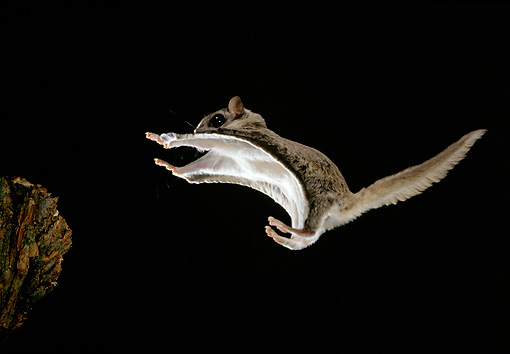-
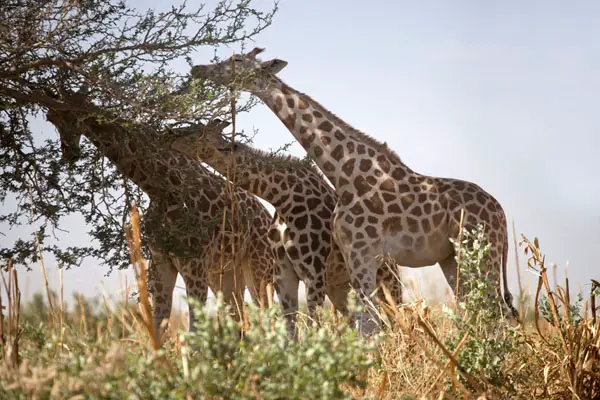
What Do Giraffes Eat | Giraffes Diet
Giraffes are extremely large ruminants with high shoulders, long necks, slopping backs and two horns. They possess a long prehensile tongue. Giraffes make homes in a variety of habitats such as savanna and forest. They are found in sub-Saharan Africa. They feed the most during the early hours of the day or at dusk. Giraffes…
-

What Do Sea Turtles Eat | Sea Turtles Diet
With the exception of one species all sea turtles are primarily carnivorous. The green sea turtle is exclusively herbivorous as it mostly feeds on sea grasses. The remaining species primarily consumes crustaceans, sponges, barnacles, mollusks, fish, or sea urchins. What Do Sea Turtles Eat Loggerhead turtle is known to feed on small animals as it…
-
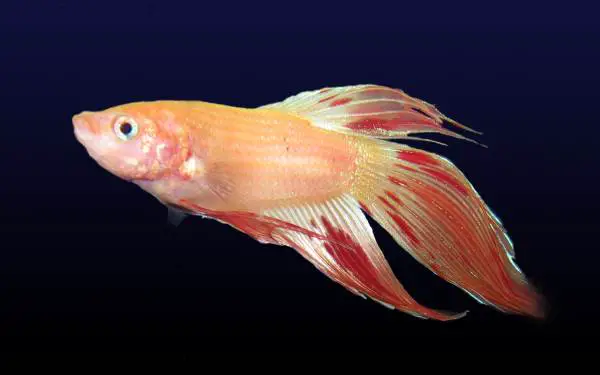
What Do Betta Fish Eat in Captivity | Betta Fish Diet
You can never have healthy betta fish unless you know precisely what should you feed your betta and when should you feed. Besides, feeding your betta the wrong can also lead to sick betta fish at the end of the day. Thus it is important to learn essential facts about what to feed your betta…
-
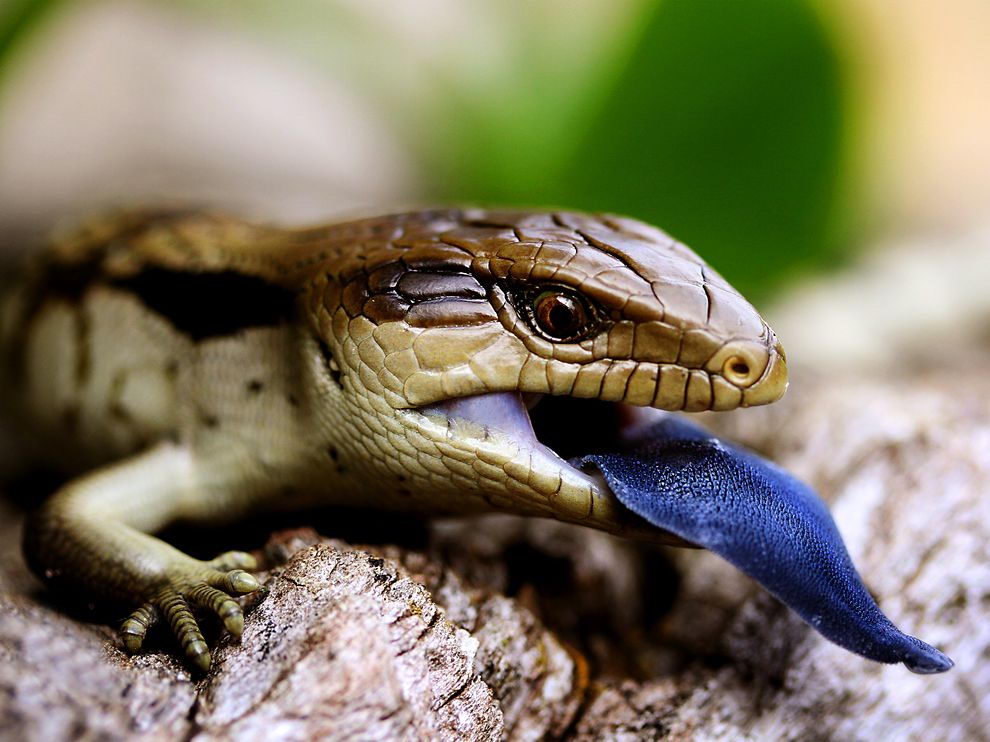
What Do Blue Tongue Lizards Eat | Blue Tongue Lizard’s Diet
Blue tongue skink (Tiliqua spp.) is the most popular type of skink that is found in the warmer climates including woodlands and deserts. The lizard is native to Australia, Tasmania, and New Guinea. Blue tongue lizard ranges in size from 7 – 24 inches (18 – 61 cm). What Do Blue Tongue Lizards Eat True…
-

Penguin Facts For Kids | A Flightless Bird
Penguins (Spheniscidae) are thought to have evolved during the Cretaceous period (140 – 65 mya) from an ancestor that could fly but also swim underwater to catch food. They are flightless birds and they are closest relatives of albatrosses (Procellariidae) and petrels, grebes (Gaviidae), and loons. Taxonomists believe that penguins flourished in the period from…
-

Rhino Facts For Kids | Heavy Ungulates
Rhinoceros (Rhinocerotidae) is a large and bulky ungulate with one or sometimes two horns on the snout, possessing three toes on each limb. They have a hairless body. Rhino’s horns often remind us of the typical horns of antelopes, cattle, or even a goat. They have a thick skin that varies between 0.5 and 1.8…
-

What Did Dinosaurs Eat | Dinosaurs Diet
Dinosaurs were not only carnivorous (Theropoda) but some of them were almost entirely herbivorous such as Sauropodomorpha and Ornithischia. The dietary preference is determined by various factors including tooth morphology, jaw mechanics, and tooth wear facets. The only way to assume dinosaur’s diet is to understand its thermal physiology, the amount of food required by…
-
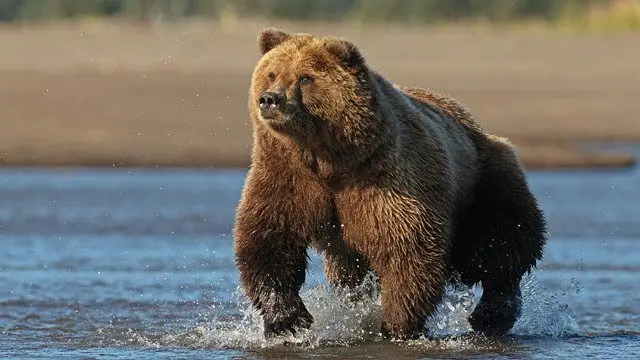
How Fast can a Grizzly Bear Run | Grizzly Bear Speed
Bears are lumbering animals as they typically move slowly and deliberately. Although they have stout limbs and plantigrade feet bears possess the ability to run fast. Each bear species has adapted itself to move on bare ground as well as on thick arctic sheet. Some of them are even fast enough to outrun a human…
-
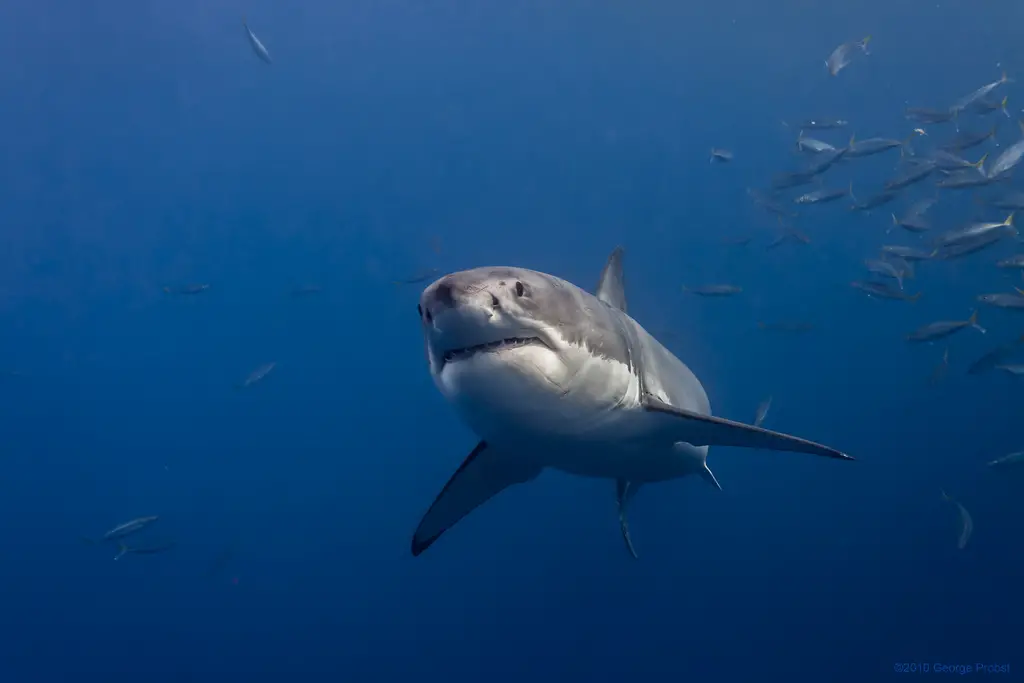
How Fast can Sharks Swim | Sharks Speed
Normally sharks swim at a speed of less than 5 kph but few species such as mako sharks are able to cruise at a speed of 48 kph. Makos are the world’s fastest swimmers. They are agile hunters; built for the speed and chasing prey. Their body is thickest at the center and narrow at…
-
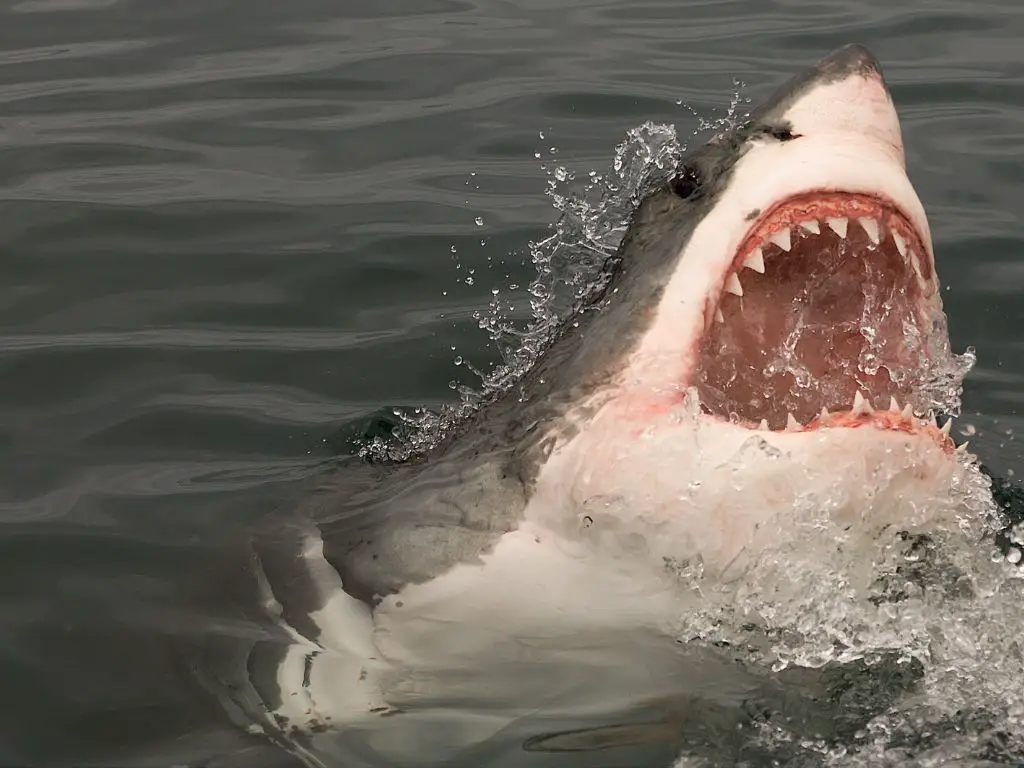
How Big is a Great White Shark
Sharks have long been swimming in the waters of North Pacific Ocean before anything human-like walked on the planet. They have evolved into various forms, many of which show mysterious behavior. White sharks are not easy to study as it offers numerous challenges to the scientists. Besides, many scientists could not even assume the significance…
-
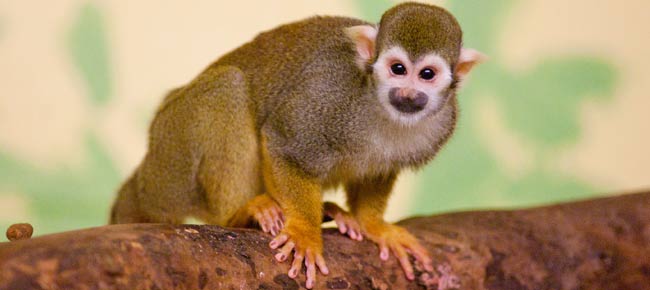
Squirrel Monkey Facts | A Flying Monkey
Squirrel monkey belongs to the New World Monkey order and it is quite different from the Old World monkeys in that it has wide open nostrils that are open to the side. The squirrel monkey displays round head with large eyes facing forward. They are classified into two groups; Gothic (pointed) and Roman (rounded). Squirrel…
-
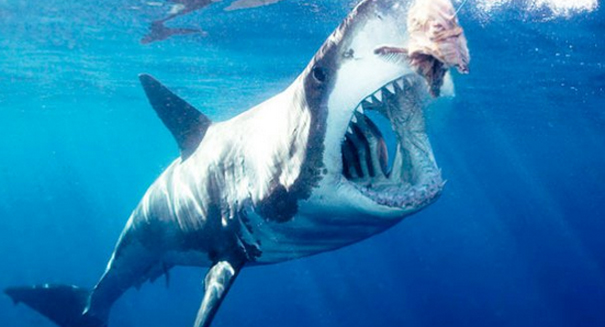
What Do Sharks Eat the Most | Sharks Diet
Almost all sharks are carnivorous. They have adapted a number of different feeding tactics. These sharks include whale sharks, megamouth sharks, and basking sharks. Some shark species are very fond of eating marine mammals. Great whites and tiger sharks usually consume both live and dead marine animals, but many sharks rely on dead animals for…
-

Allow Your Pet to Live a Happy Life with Prosthetics
Just like humans, animals are susceptible to different ailments and diseases which can cause them to lose limbs. Depending upon the type of animal, this can be detrimental to the growth and vitality of your pet. With the advancements of modern medicine, there are new and improving treatment methods, including prosthetics. There are a few…
-
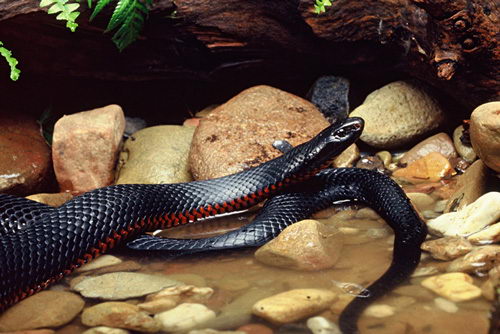
Red Belly Black Snake Facts | The Australian Snake
The Red bellied black snake (Pseudechis porphyriacus) is commonly found in Australia including New South Wales, rural Victoria, and Queensland. It makes its habitat in regions that are abundant in water bodies such as creeks, lakes, waters, and some swamps and rivers. It is characterized by its shiny dorsal surface along with its unique reddish…
-

What Do Pythons Eat in the Wild | Pythons Diet
Pythons are largely ambush hunters and they feed on vertebrate prey. Pythons find active way of foraging. The bulk of small python’s diet is composed of lizards. However as the size of the python increases, it begins to rely more on mammals for consumption. While they do not often consume birds pythons are known to…
-
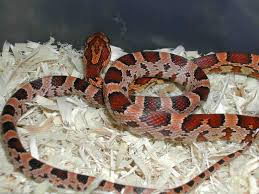
Corn Snake Facts | Rat Snakes of America
Corn snakes are small rat snakes of North America. They live in the central and southeastern United States. Rat snakes are recognized by their red spots with black edges down the middle of the back, together with their orange to yellowish body. Their belly is marked by black and white stains in alternating rows. There…



